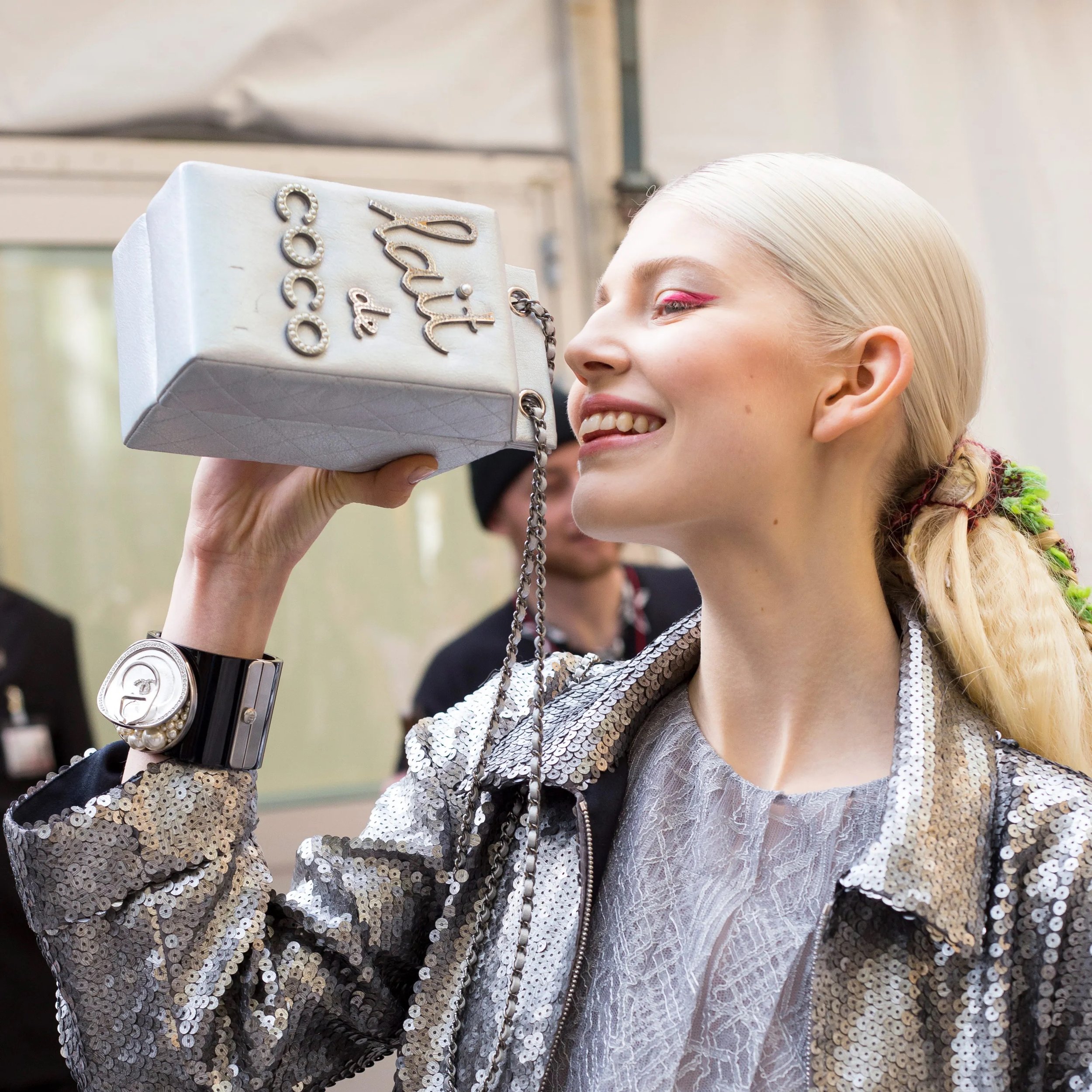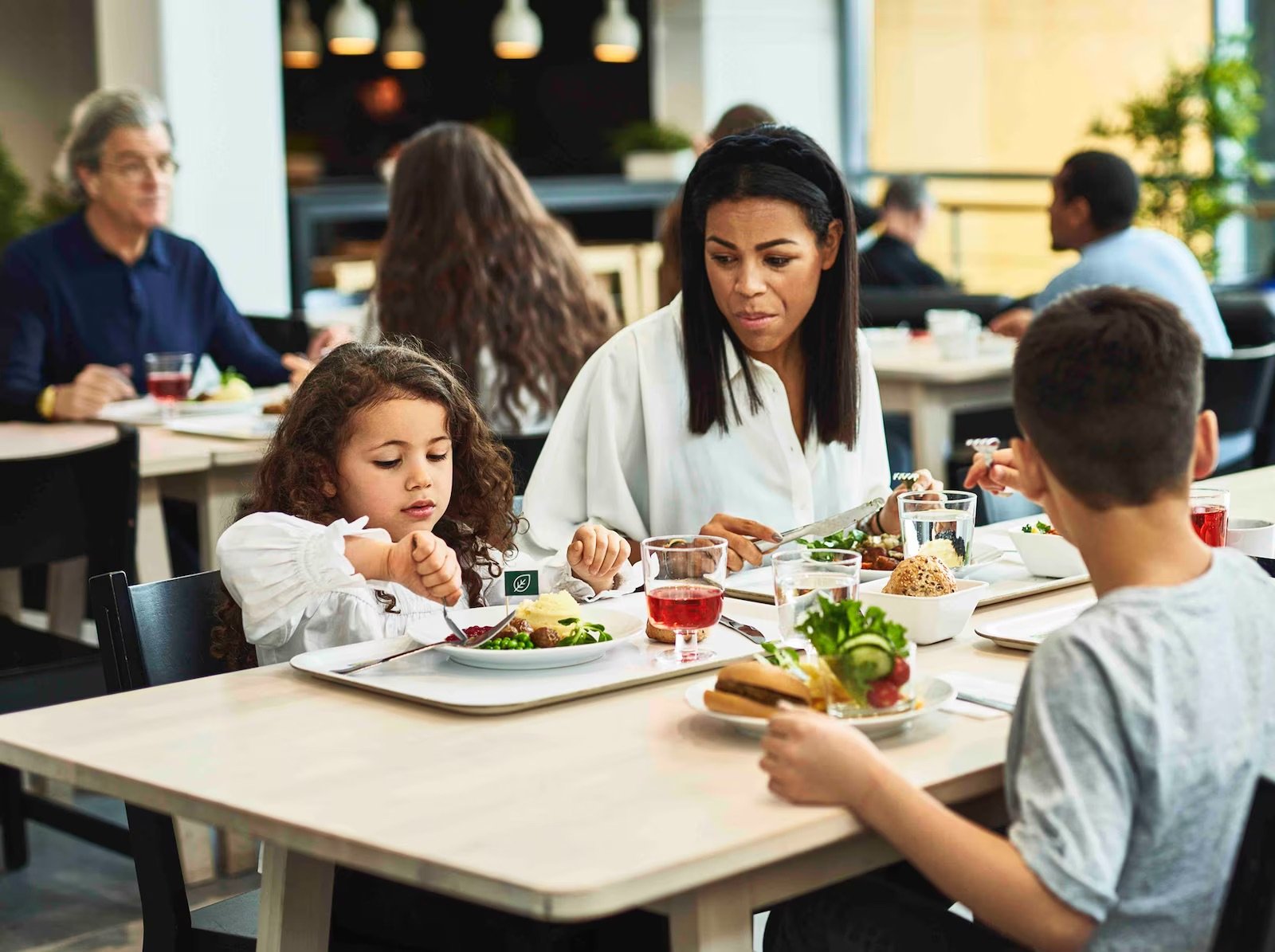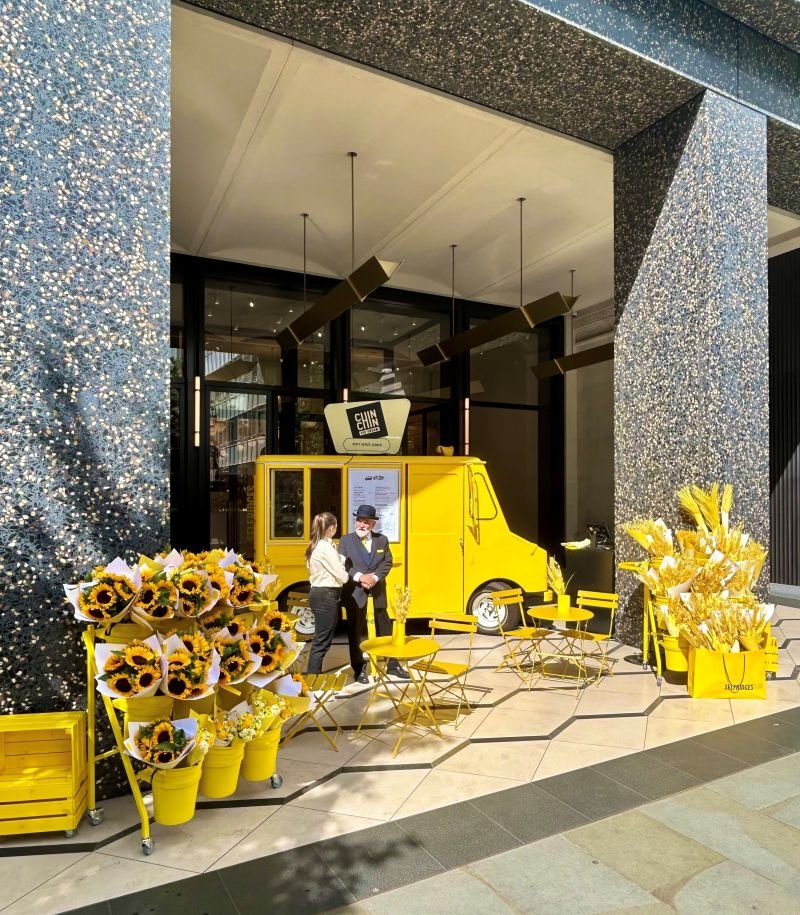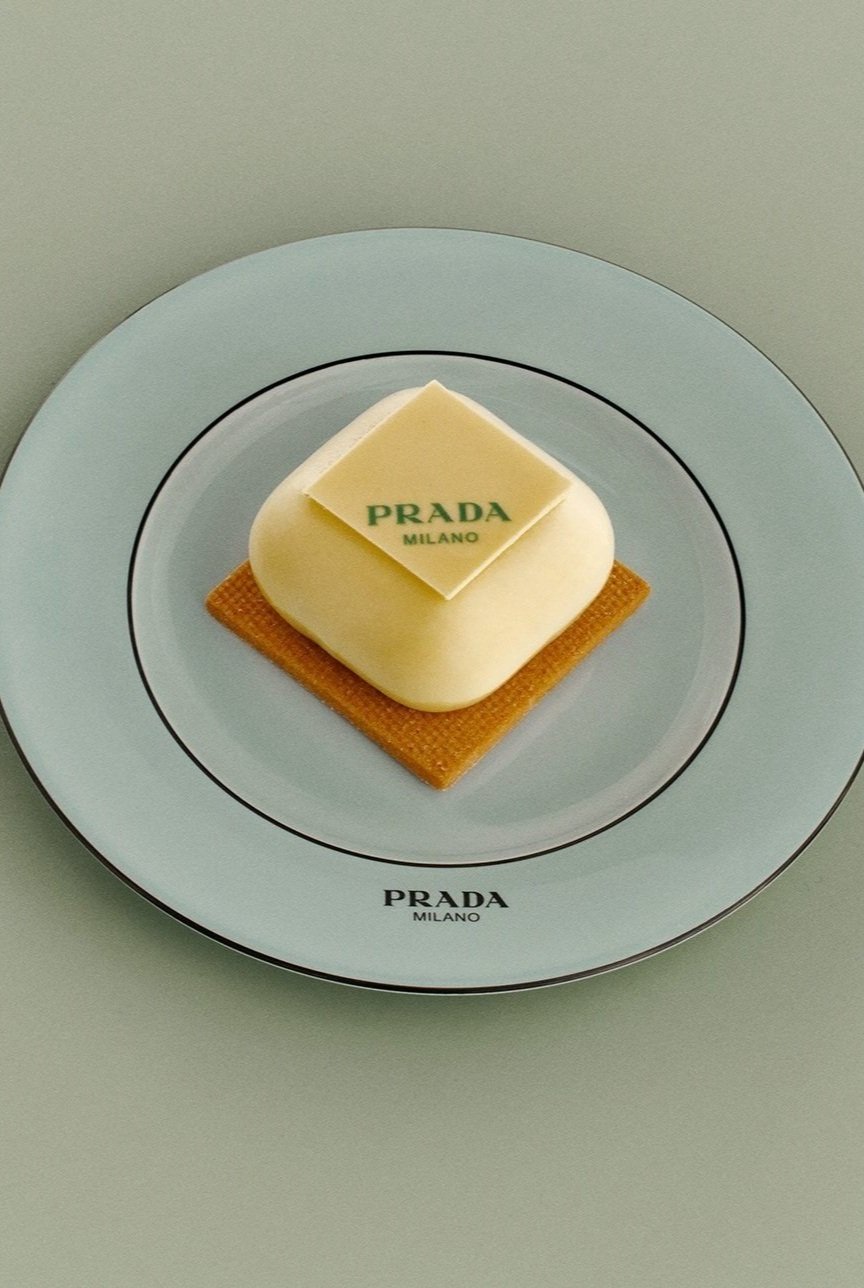On the tip of everyone’s tongue
To round off our Sensory Marketing series, we dive into the tantalising realm of taste - perhaps the most challenging sense to harness in marketing, due to the subjective nature of flavours.
Despite this, it is consistently shown that appealing to consumers' taste buds are a powerful way to win over hearts and minds. This holds true not only for QSR and FMCG brands, but also for brands in other sectors that creatively incorporate food and drink into their marketing strategies.
Taste is arguably the most overlooked of the five senses, despite the average person having a whopping 10,000 taste buds to win over, spark conversation and build connection. Even the foods of contention create on-going conversation - think Pineapple on Pizza, Gravy on Chips, is coriander really just green soap?!
When people are familiar with a brand, it tastes better. In one study, children tasted identical food and drinks in packaging from McDonald’s or from unbranded packaging. The result? They preferred the taste of the ones they believed were from McDonald’s.
While catering to taste is easiest when you’re a food or beverage company, it can be done across all industries from fashion to technology through experimental branding and collaborations. With pop up food trucks, seasonal drinks or beverages in waiting areas, theres many ways to create brand associations with culinary experiences.
All in Good Taste
Dusk x Allens
Consider a luxury fashion brand launching a new line of winter coats. To promote their collection and create a memorable brand experience, they could organise a series of "Fashion & Flavour" pop-up events in major cities. At these events, attendees are treated to complimentary tastings of gourmet hot chocolate infused with unique flavours that compliment the coat designs—think rich dark chocolate with hints of peppermint for a sleek black coat, or white chocolate with lavender for a soft pastel coat.
By engaging customers' sense of taste alongside their visual and tactile senses, the brand not only attracts fashion enthusiasts but also creates a buzz around the new collection, fostering positive associations and driving sales during the winter season.
Jason Lloyd Evans
Ikea recognised that 30% of it’s shoppers came just to eat. By offering free coffee to Ikea Family cardholders and introducing meal specials tailored for both parents and children, Ikea has diversified its cafe clientele. Recent updates to their food lineup focus on reducing waste and modernising offerings, such as Swedish gummy candies and chicken or vegan meatballs
Ikea has restructured its cafes into zones catering to various demographics, including areas for relaxation, communal dining tables, spaces for children, and private corners for reviewing home plans. These changes have driven an 8% annual increase in food sales since 2015, with Ikea now serving approximately 650 million diners annually across 48 countries.
"We’ve always called the meatballs ‘the best sofa-seller.’ When you feed [customers], they stay longer, they can talk about their [potential] purchases, and they make a decision without leaving the store. That was the thinking right at the beginning.”
Gerd Diewald, head of Ikea's U.S. food operations, Fast Company 2017
A 3D Journey Through Time
Customiseable Experiences
Immersive multi-disciplinary dining specialists SixthSense offer customisable experiences weaving light and taste to up the anti on gastronomy.
Cleverly highlighting and concealing areas of the environment, while calling out ingredients and directing attention, takes the diner on a journey that flows seamlessly from one course to the next.
This technology can easily translate in-store to connect consumers with the food they love, and the food they’ve never tried before. By highlighting cooking methods, new products or specialist brands the product is taken beyond the shelf.
photography, SixthSense
Chin Chin x Moyses Stevens x Selfridges
Pop Up Activation, London
Combining the regular retail therapy session with icecream and fresh & dried flowers creates the sweet spot of relaxation and indulgence. Connoisseurs, of the cold treat Chin Chin, paired up with Moyses Stevens in this signature Selfridges yellow pop up to draw in the crowds along the stores Duke Street Entrance.
Colour blocking followed through from the customised ice cream truck to the floral in season offering and even the packaging and decor.
The additional sensory engagement is used as an enhancement to the core shopping experience, enabling longer dwell time and expanding the store footprint out to street level.
photography, Moyses Stevens
Escala De Cinzas (Greyscale)
Pop Up, Melbourne
Brazilian artist, João Loureiro’s Escala De Cinzas, at the MPavilion in Melbourne, is a minimally styled pop-up ice cream cart that blurs the preconceptions linked between sight and taste in collaboration with Picollina Gelateria
Removing all identity from the 6 gelato flavours on offer (dyed in varying shades of grey) gives anonymity to the product on offer. The anticipation and surprise gives way to the task of identifying which flavour the consumer has purchased blind.
Focussing solely on taste rather than a predetermined ‘choice’ challenges notions of what we truely know about any product before we purchase it.
Photography, Picollina
Dining In the Dark
Global experiences & Restaurants
Currently on offer at Capriccio Osteria, in Sydney’s Inner West, and Beast & Co in Surry Hills - the concept of blind eating is not a new one. Originating in 18th Century France as an aristocratic party experience - dining blindfolded began taking off commercially in the late 90’s in Zurich, Switzerland when Jorge Spielmann opened the first dedicated ‘dark’ restaurant ‘Blindekuh’ (Blind Cow).
Since then restaurants and pop ups have emerged worldwide offering a blindfolded experience (or even a pitch black venue in the case of Dans Le Noir in London, served by a formidable team of blind waitstaff).
Not only does this force a focussed attention on taste alone, sometimes with an unknown menu, but it also heightens the conversation, the tactile nature of ‘finding’ your food on the plate and freeing the diner from visual distractions all around them. The food is the hero but the experience is all encompassing.
Dans Le Noir, London
Senses in Summary
Enhanced Shopping Experience
Sensory marketing creates a more immersive and engaging shopping experience, making customers' visits more enjoyable and memorable.
Improved Brand Recognition
Sensory elements enhance brand identity, recognition, and recall, reinforcing the brand in customers' minds, ensuring stronger brand recall overtime.
Organic Customer Growth
Satisfied customers are more likely to share their positive experiences, leading to organic word-of-mouth marketing and new customer acquisition.
Competitive Differentiation
Implementing sensory marketing helps brands stand out from competitors by offering unique and memorable shopping experiences.
Increased Sales and Loyalty
Positive sensory experiences drive sales and boost customer loyalty, encouraging repeat visits and
long-term brand affinity.
Prada Cafe, Harrods London
Sensory marketing is a powerful strategy that transforms the retail environment by creating immersive and memorable experiences. By leveraging the five senses—sight, hearing, smell, touch, and of course taste—brands can significantly enhance customer engagement, drive sales, and foster brand loyalty. Positive sensory experiences not only encourage repeat visits but also generate organic word-of-mouth promotion, helping to attract new customers. Differentiating through unique sensory experiences ultimately strengthens brand recognition and recall, making it an essential tool for any brand aiming to build lasting customer relationships and achieve sustained growth.
















